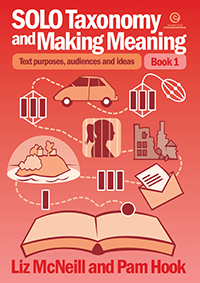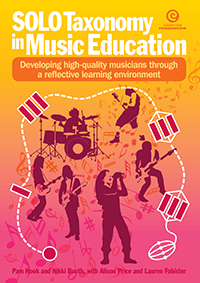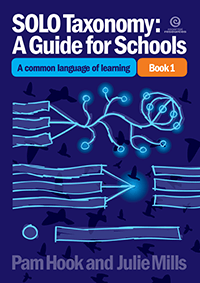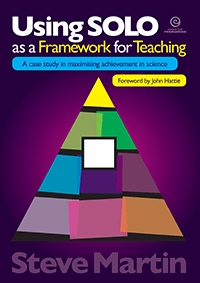
First Steps with SOLO Taxonomy
Applying the model in your classroom
First Steps with SOLO Taxonomy is filled with practical advice, useful tips, maps, rubrics and templates. This book shows how SOLO strategies and resources can be used to create a common language of learning in any curriculum area and to help students of any age adopt a growth mindset when learning.
Supported by these resources, both teachers and students will be able to reap the benefits of a model that makes learning visable.
|
NZD incl GST
|
Add to cart | |
| or more | each |




